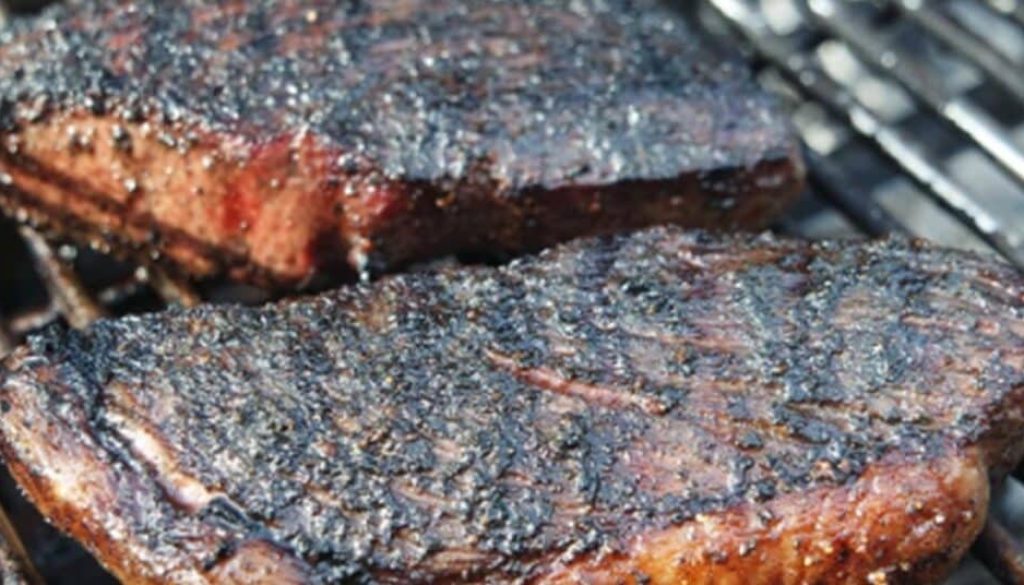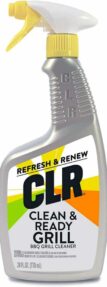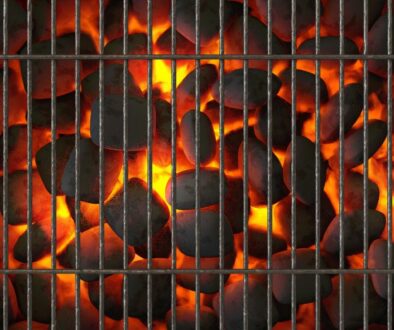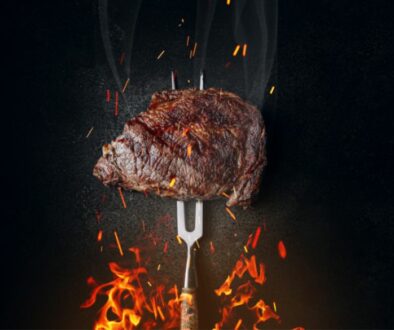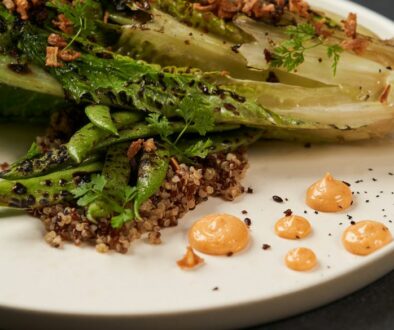Why Is My Grill Turning My Food Black
Sometimes, some grills become part of the family. Your great-grandfather gave it to your grandfather, then your grandfather gave it to your father, and your father gave it to you! And for all those years that it was passed among your family members and used endlessly- the grill worked nothing but wonders.
The story takes a dark turn when you realize: after all these years, it seems that the grill is turning your food darker than it should be- almost black or dark brown. Does this mean you did something wrong to the grill? Or maybe it finally ran its’ course and it is time for you to buy a new one?
Don’t worry too much, your grill turning your food black is not really that big of a problem, and it’s something you can learn to take care of and learn how to prevent it. We’re sure your grandfather has dealt with this, too.
Why is my food turning black?
First things first, let’s understand what is happening to our food, and why it’s changing colors.
While many things may come into play (some say that using too much oil, such as olive oil, can cause dishes like chicken breast to turn dark- or that the food is too close to the burning coals), the main reason your food may turn a dark, soot-like color is dirty air shutters and burners.
What is the purpose of air shutters, and why should they be clean?
Air shutter screens are in charge of providing the correct air to gas ratio as a mixture so that the burner (s) of your grill can give out strong and even flames.
If dirty, the flames of the burner (s) will be seemingly a yellow- ish or orange- ish colors, and lots of soot will start to form and change your food’s color because the burners aren’t getting enough air and gas mixture, and propane is burning rich- which in turn, creates the soot.
How do I clean my air shutters?
While the air shutter screens of your burner tubes may come set by a factory and do not need to be readjusted, you still have to clean them!
First of all, you should find where the end of your burners is on the underside of your grill, where they meet with the valves. Following this, you should turn to the instructions given in your grill’s owner manual as some grills might need the control panel to be removed to be able to reach the air shutters.
Back to the cleaning! To clean the air shutter screens of your grill, you should use a soft bristle brush (a toothbrush, new or old, works just fine!). Dipping the soft bristle brush in water also works, but it’s not a necessary step.
How do I clean my burner (s)?
As we said before, burners are a crucial part of the grill. Making sure they’re clean routinely will help your grill produce a balanced and strong heat, as well as also last long enough to continue to be passed down through generations!
Keep in mind: while you shouldn’t clean the burner tubes of your grill after every single use, it is heavily recommended that you do it at least once a year. If you use your grill more frequently (say, two to three times a week), we recommend doing a monthly check up and clean- up of your burner tubes.
Besides the air shutter screen, the portholes are also an important part to making sure your burner is working well and dandy as it should be.
To clean the outside of your grill’s burners and the portholes, use a stainless steel bristle brush (crumpled tinfoil, nylon bristle brush, and others can also be used as substitute) to brush over the sides.
To clean your burners, make sure you’re using a clean brush! Using a brush that had been used previously can transfer grease and other gunk from the grates to the burners.
What color should the flames of my burner (s) be, then?
Sometimes, you might think that the problem isn’t just a dirty air shutter screen or burner- sometimes, the burner is just not functioning properly! But let me tell you: again, this is just a matter of dirty burner tubes. So, follow the tips we’ve given and turn to the owner’s manual that came with your grill, should there be any more confusion.
The color of the flames of your burner plays a big part in this, as they are what can tell you whether the burner is or is not working properly.
A correctly- functioning burner should release flames that are a light shade of blue at the top, a darker shade of blue at the bottom, and flicker yellow every now and then; also, when your burner is working properly, the flames will have a specific and repetitive pattern that can easily be seen.
Some more important tips you should follow and keep up with
- Give your grill a thorough inspection.
- Clean your grill thoroughly routinely.
- Inspect the portholes routinely for any blockage like debris, dust, etc.
- Inspect any and all holes in your grill, especially near the burner tubes, as insects (specifically: spiders) can be attracted to the smell of gas and tend to reach for those places. If you find yourself struggling with spiders a lot, we recommend investing in a spider guard for the air intake holes and such.
- Make sure there is no grease and leftovers building up at the bottom of your grill’s oven. Remove your cooking grates and inspect; should you find any grease build-up, use a barbeque grill brush or something similar to scrub at the problem areas.
When buying or receiving a grill, it should be treated with the utmost care possible, as you surely would want it to last a good while. We can’t stress enough how important it is to give your grill through and deep cleanses, and we don’t mean just the outside- also the inside! The deeper parts deserve your love and attention, too. Here’s to no more dark and soot-covered food

